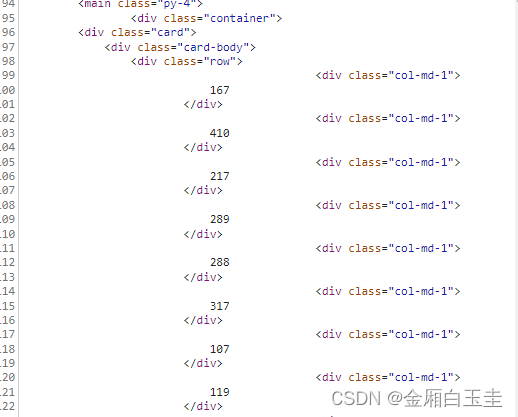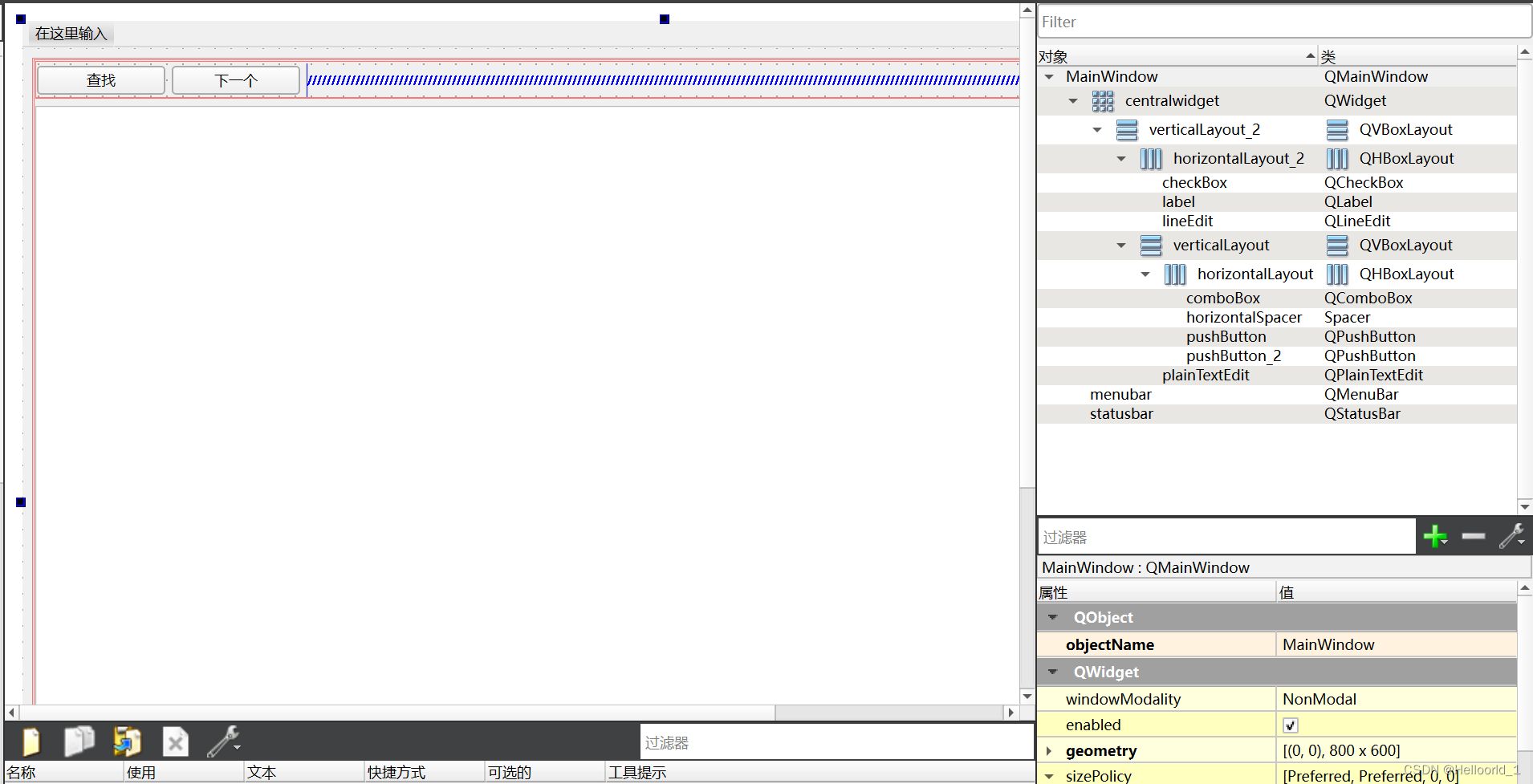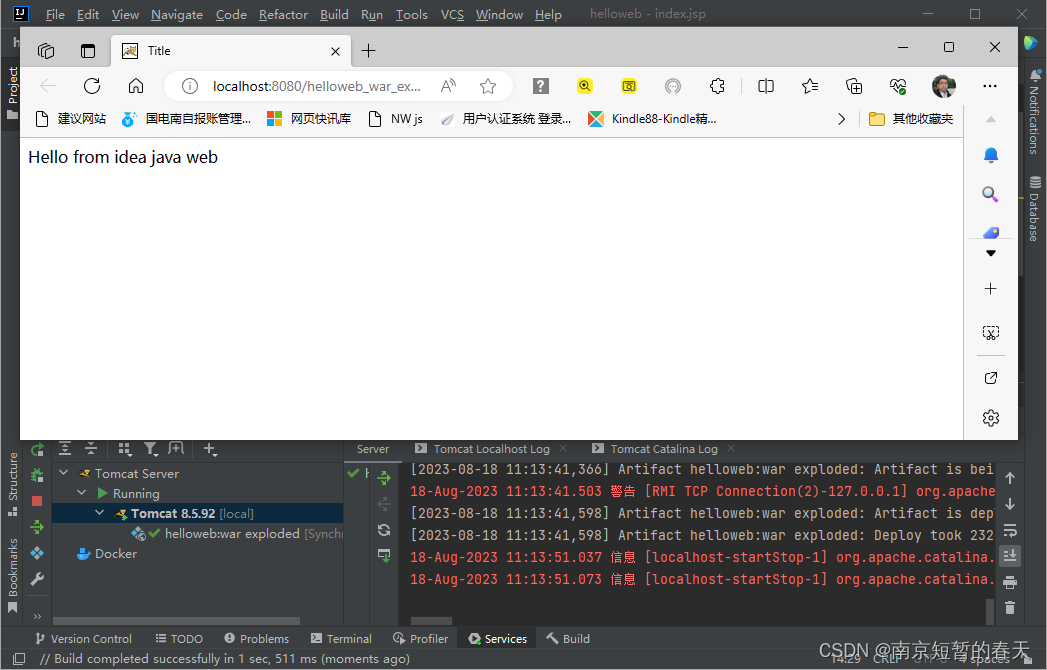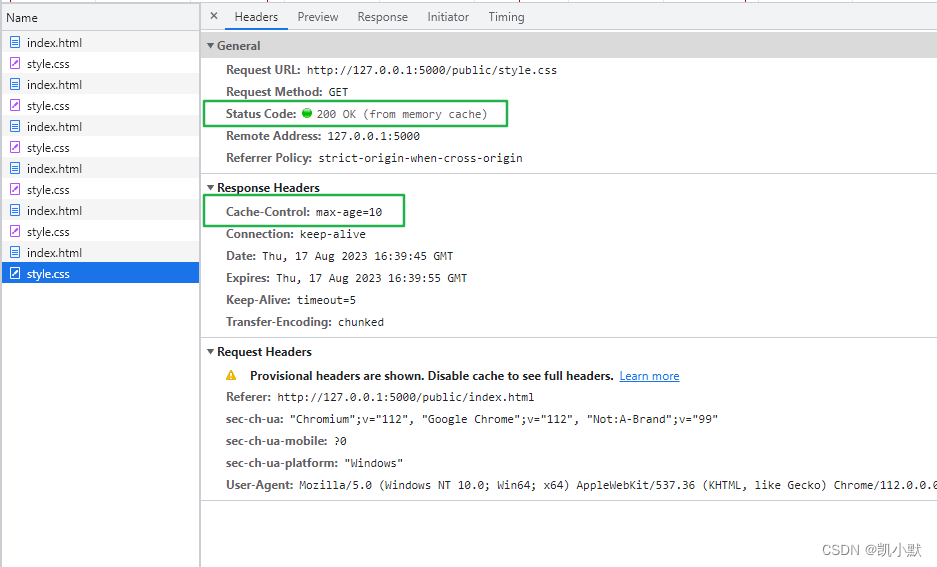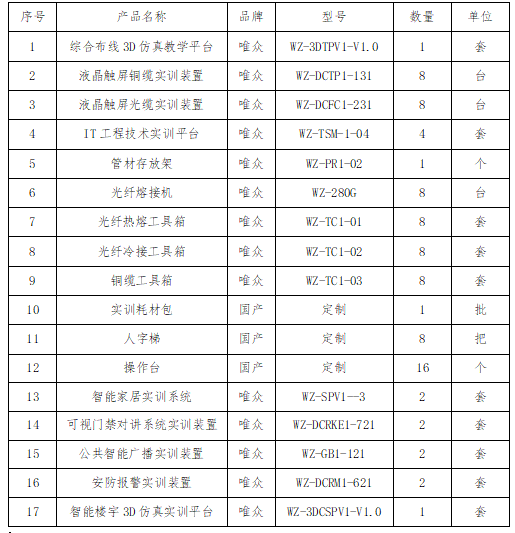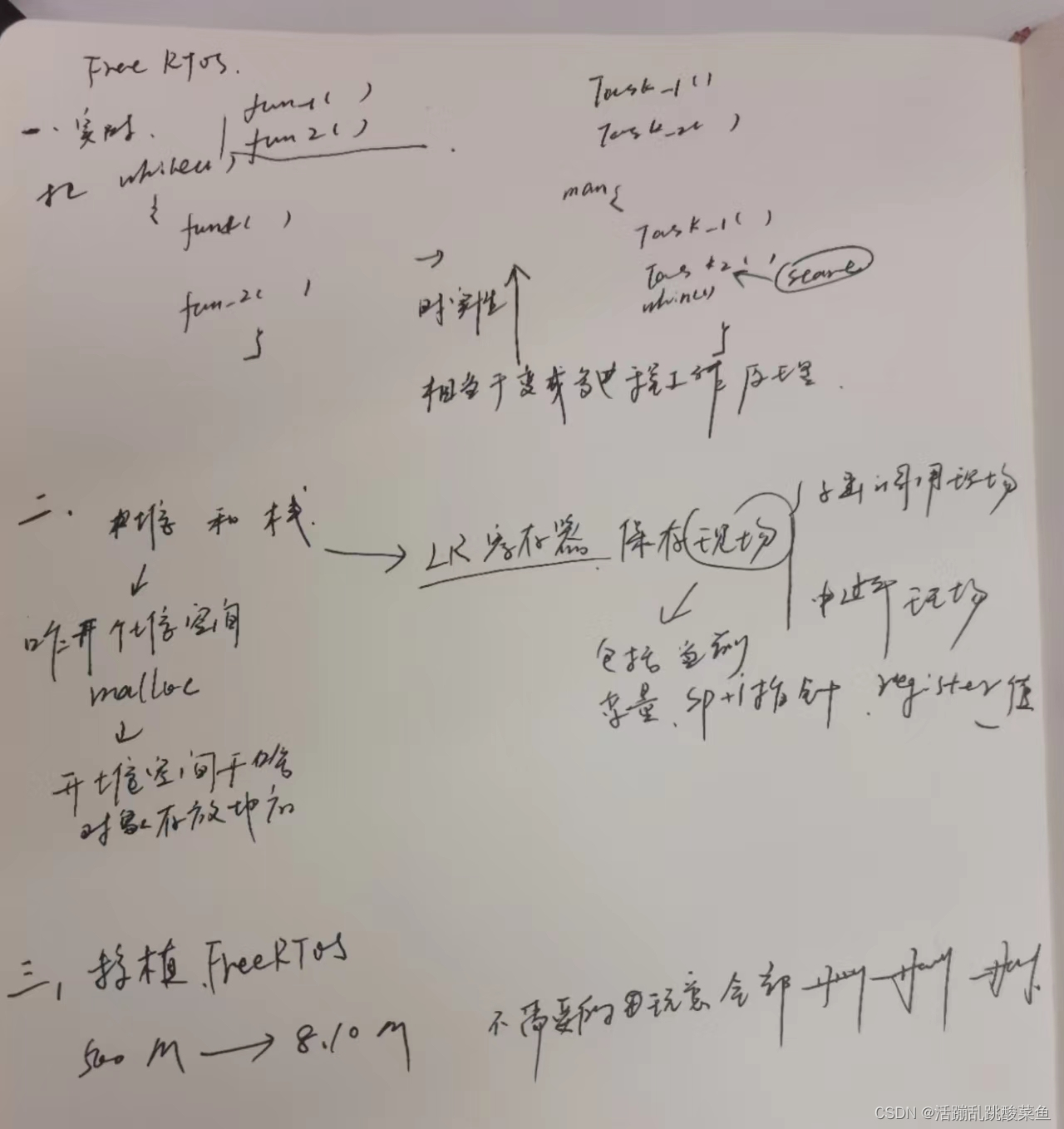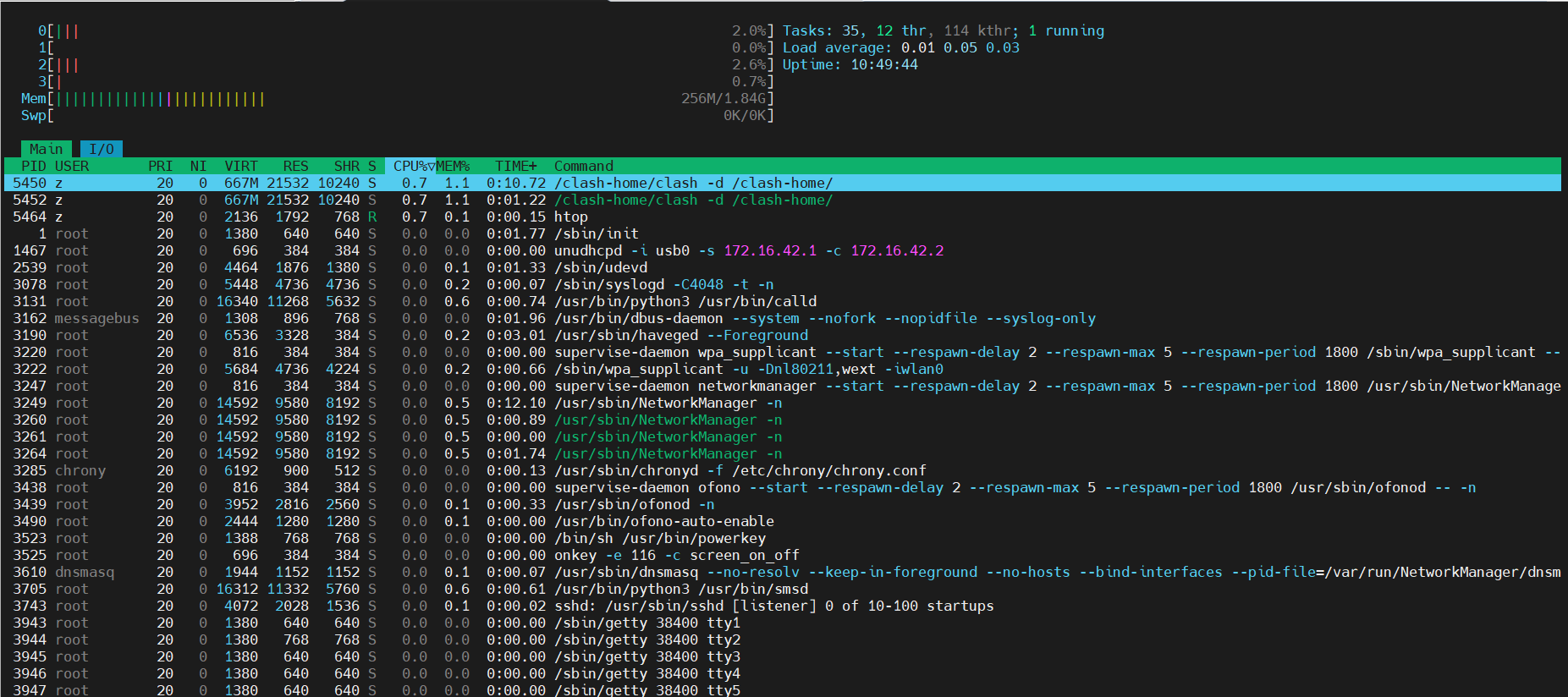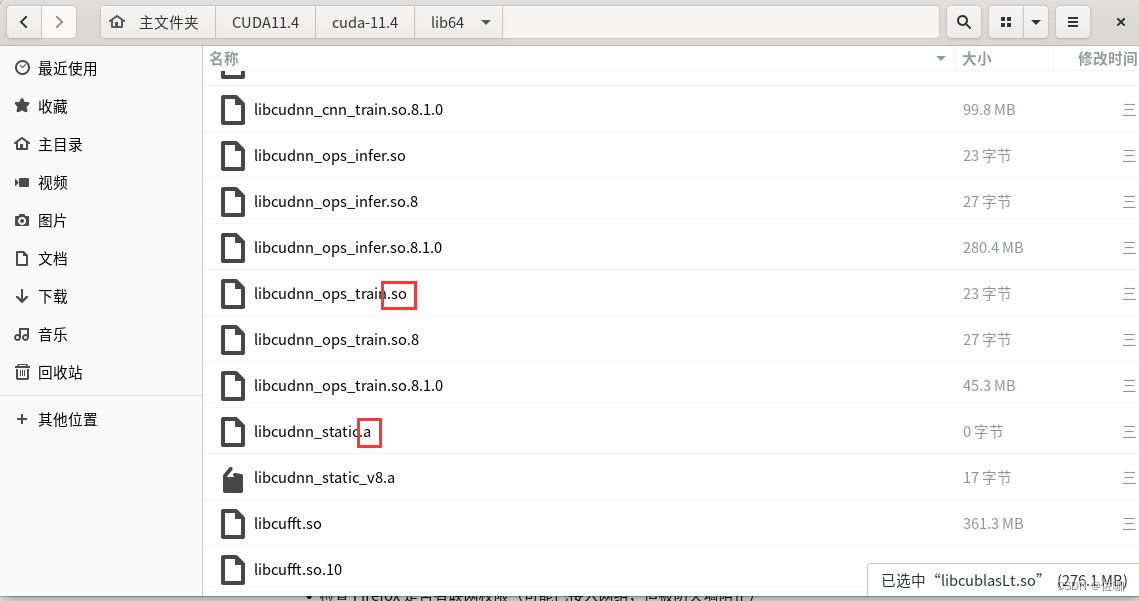前言
作为一名编程初学者,我深知学习编程需要不断积累和记录。在这篇博客文章中,我将分享一些我在学习C/C++编程语言过程中记录的常用代码、特定函数、复杂概念以及特定功能。希望能与大家一起切磋进步!
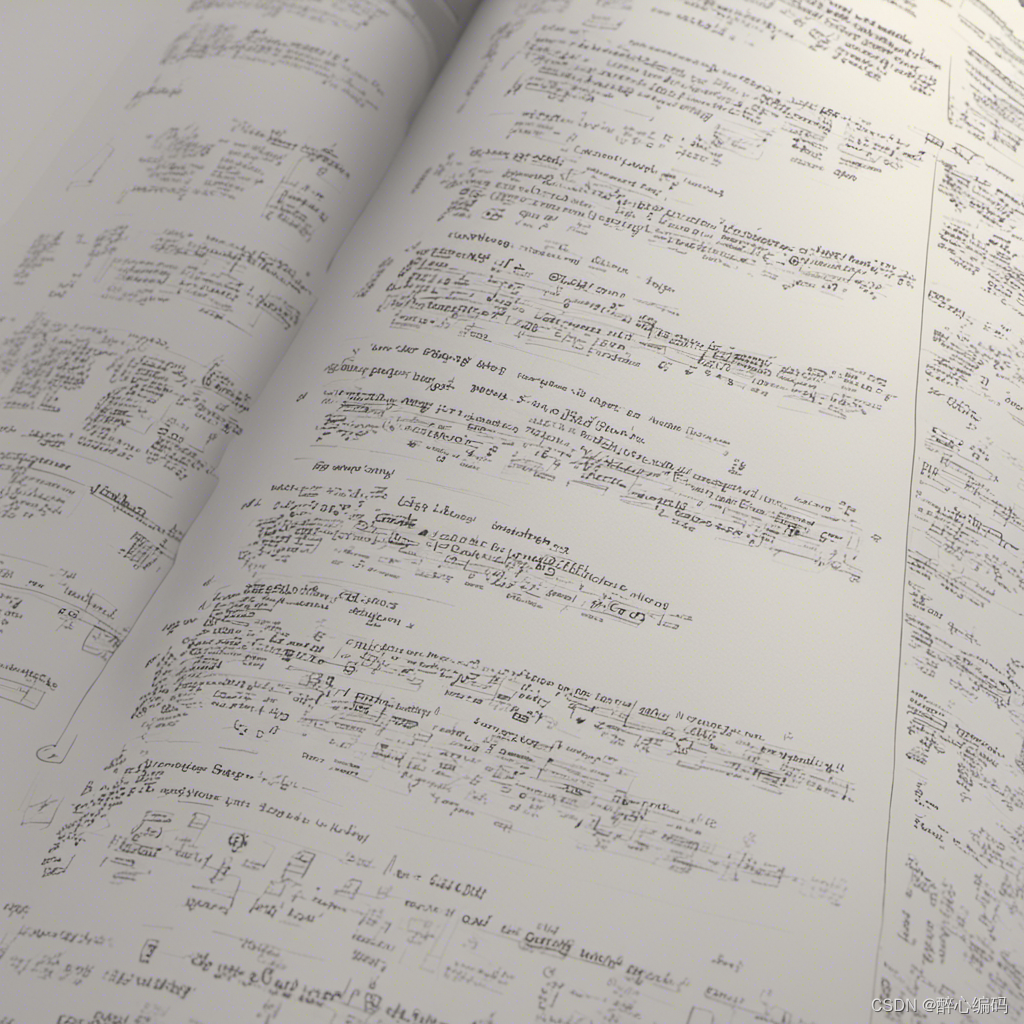
常用代码:
1. 输入输出操作:
- 使用`cin`进行标准输入。
- 使用`cout`进行标准输出。
- 使用`scanf`进行格式化输入。
- 使用`printf`进行格式化输出。
2. 控制结构:
- `if-else`语句:根据条件执行不同的代码块。
- `for`循环:重复执行特定次数的代码块。
- `while`循环:当条件为真时,重复执行代码块。
- `switch`语句:根据不同的值执行不同的代码块。
3.特定函数:
1. `strlen`函数:返回字符串的长度。
2. `strcpy`函数:将一个字符串复制到另一个字符串。
3. `strcmp`函数:比较两个字符串是否相等。
4. `atoi`函数:将字符串转换为整数。
5. `rand`函数:生成随机数。
4.复杂概念:
1. 指针:指向内存地址的变量,可以通过指针来访问和修改内存中的数据。
2. 动态内存分配:使用`new`关键字在运行时分配内存,使用`delete`关键字释放内存。
5. 特定功能:
1. 文件操作:打开、读取和写入文件。
2. 数据结构:如数组、链表、栈和队列等。
3. 排序算法:如冒泡排序、插入排序和快速排序等。
具体参考代码
当学习编程语言时,了解各种函数的具体用法是非常重要的。以下是对前面提到的一些函数的详细阐述和相应的参考实例:
1. `strlen`函数:
- 作用:返回一个字符串的长度。
- 用法示例:
```c++
#include <iostream>
#include <cstring>
int main() {
char str[] = "Hello World";
int length = strlen(str);
std::cout << "字符串长度为:" << length << std::endl;
return 0;
}
```
2. `strcpy`函数:
- 作用:将一个字符串复制到另一个字符串。
- 用法示例:
```c++
#include <iostream>
#include <cstring>
int main() {
char source[] = "Hello";
char destination[20];
strcpy(destination, source);
std::cout << "复制后的字符串为:" << destination << std::endl;
return 0;
}
```
3. `strcmp`函数:
- 作用:比较两个字符串是否相等。
- 用法示例:
```c++
#include <iostream>
#include <cstring>
int main() {
char str1[] = "Hello";
char str2[] = "World";
int result = strcmp(str1, str2);
if (result == 0) {
std::cout << "字符串相等" << std::endl;
} else {
std::cout << "字符串不相等" << std::endl;
}
return 0;
}
```
4. `atoi`函数:
- 作用:将字符串转换为整数。
- 用法示例:
```c++
#include <iostream>
#include <cstdlib>
int main() {
char str[] = "12345";
int num = atoi(str);
std::cout << "转换后的整数为:" << num << std::endl;
return 0;
}
```
5. `rand`函数:
- 作用:生成随机数。
- 用法示例:
```c++
#include <iostream>
#include <cstdlib>
#include <ctime>
int main() {
srand(time(0)); // 设置种子,确保每次运行生成的随机数不同
int randomNum = rand() % 100; // 生成0到99之间的随机数
std::cout << "生成的随机数为:" << randomNum << std::endl;
return 0;
}
```
6. 指针示例:
```c++
#include <iostream>
int main() {
int num = 10;
int* ptr = # // 定义指向整数的指针,并将其指向变量num
std::cout << "num的值为:" << num << std::endl;
std::cout << "通过指针访问num的值:" << *ptr << std::endl;
*ptr = 20; // 修改指针所指向的变量的值
std::cout << "修改后的num的值为:" << num << std::endl;
return 0;
}
```
7. 动态内存分配示例:
```c++
#include <iostream>
int main() {
int size;
std::cout << "请输入数组的大小:";
std::cin >> size;
int* dynamicArray = new int[size]; // 动态分配一个整数数组
for (int i = 0; i < size; i++) {
dynamicArray[i] = i + 1;
}
std::cout << "数组元素为:";
for (int i = 0; i < size; i++) {
std::cout << dynamicArray[i] << " ";
}
std::cout << std::endl;
delete[] dynamicArray; // 释放动态分配的内存
return 0;
}
```
8. 文件操作示例:
```c++
#include <iostream>
#include <fstream>
int main() {
std::ofstream file("data.txt"); // 创建一个名为"data.txt"的文件对象
if (file.is_open()) {
file << "Hello, World!\n";
file << "This is a sample file.\n";
file.close();
std::cout << "文件写入完成." << std::endl;
} else {
std::cout << "无法打开文件." << std::endl;
}
return 0;
}
```
9. 数据结构示例(链表):
```c++
#include <iostream>
struct Node {
int data;
Node* next;
};
int main() {
Node* head = nullptr;
// 创建链表
for (int i = 1; i <= 5; i++) {
Node* newNode = new Node;
newNode->data = i;
newNode->next = head;
head = newNode;
}
// 遍历链表
Node* currentNode = head;
while (currentNode != nullptr) {
std::cout << currentNode->data << " ";
currentNode = currentNode->next;
}
std::cout << std::endl;
// 释放链表的内存
currentNode = head;
while (currentNode != nullptr) {
Node* temp = currentNode;
currentNode = currentNode->next;
delete temp;
}
return 0;
}
```
10. 排序算法示例(冒泡排序):
```c++
#include <iostream>
void bubbleSort(int arr[], int size) {
for (int i = 0; i < size - 1; i++) {
for (int j = 0; j < size - i - 1; j++) {
if (arr[j] > arr[j + 1]) {
// 交换元素
int temp = arr[j];
arr[j] = arr[j + 1];
arr[j + 1] = temp;
}
}
}
}
int main() {
int arr[] = {5, 2, 8, 12, 1};
int size = sizeof(arr) / sizeof(arr[0]);
bubbleSort(arr, size);
std::cout << "排序后的数组为:";
for (int i = 0; i < size; i++) {
std::cout << arr[i] << " ";
}
std::cout << std::endl;
return 0;
}
```
上述示例代码仅作为参考,具体的使用方法可能会因编程环境或需求而略有不同。学习时建议阅读相关的文档和教程,并进行实践来加深对函数的理解和掌握。
总结
以上仅是我在学习C/C++编程语言过程中记录的一些内容,还有很多其他的知识点和技巧等待我们去学习和探索。编程是一个不断进步和成长的过程,希望大家能够保持学习的热情,不断积累经验,提升自己的编程能力。
如果你有任何问题或者想要分享你自己的学习笔记,请在下方留言,让我们一起交流和进步吧!
欢迎点赞收藏

